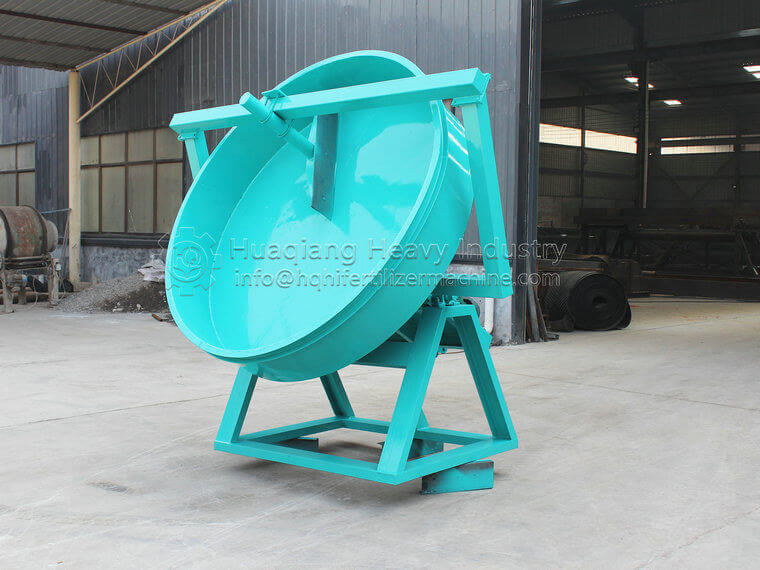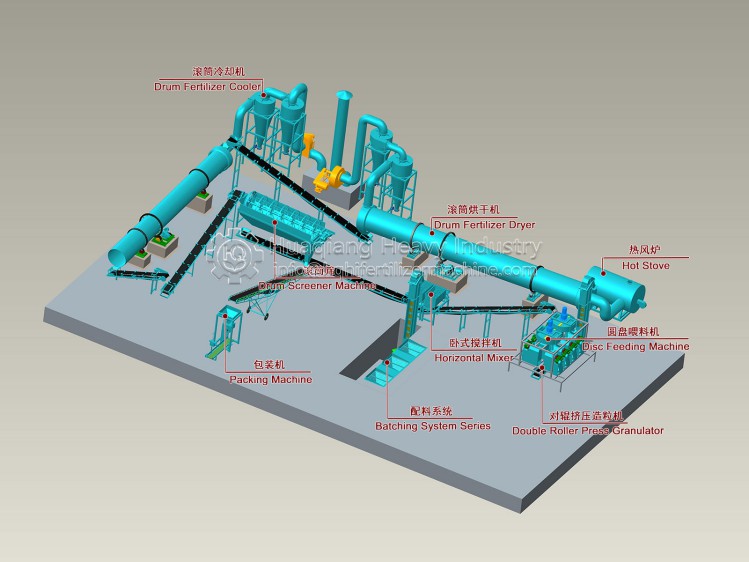Is it feasible to build an organic fertilizer processing plant?
It is feasible to build an organic fertilizer equipment plant, because the policy of “replacing fertilizer with organic fertilizer” has been implemented nationwide, and the application of organic fertilizer is gradually increasing. Many investors want to seize this opportunity and invest in building organic fertilizer plants. To build an organic fertilizer plant, it is necessary to carry out a comprehensive planning, clearly understand what is required to build an organic fertilizer processing plant, so as to successfully run the plant and deal with the problems in subsequent production. What are the requirements for building an organic fertilizer processing plant?
The location of the organic fertilizer equipment plant is very important and has a long-term impact. According to relevant regulations, the construction of organic fertilizer plants should be far away from residential areas, because odor and dust will be generated during production. If it is too close to the residential areas or is often located in the upper area, over time, it will directly affect the health of nearby residents, affect the normal production of the plant, and may also lead to failure to pass the environmental assessment.
Organic fertilizer equipment processing plant should be close to the origin of main raw materials. Not more than 50 kilometers, close to the origin of main raw materials can reduce costs. The raw material of organic fertilizer is large in volume and weight, which is not convenient for transportation. If the distance is too far, the transportation cost will increase, the cost will increase, and the price of organic fertilizer will also increase, which will reduce their market competitiveness.
Planned production scale of the organic fertilizer equipment factory: Before the establishment of the factory, it is necessary to plan the annual processing capacity of the organic fertilizer processing factory, whether the annual output is 3-5 tons or 5-10 million tons. The annual output determines the type of equipment to be purchased for the organic fertilizer production line. The annual output is between 10000 tons and 50000 tons. Buy small organic fertilizer production line equipment. The organic fertilizer output of 5-10 million tons is suitable for buying medium and large organic fertilizer production line equipment. The total price of each model is different, so the production volume should be planned in advance and the capital budget should be prepared to facilitate the later operation and turnover.
Purchase of organic fertilizer equipment and processing of fertilizer production line equipment: There are many kinds of fertilizer in the market: granular organic fertilizer, powdered organic fertilizer, etc. It is recommended to purchase a complete set of organic fertilizer processing equipment, which can produce both granular organic fertilizer and powdered organic manure, which can meet different purchasing needs.
.jpg)






